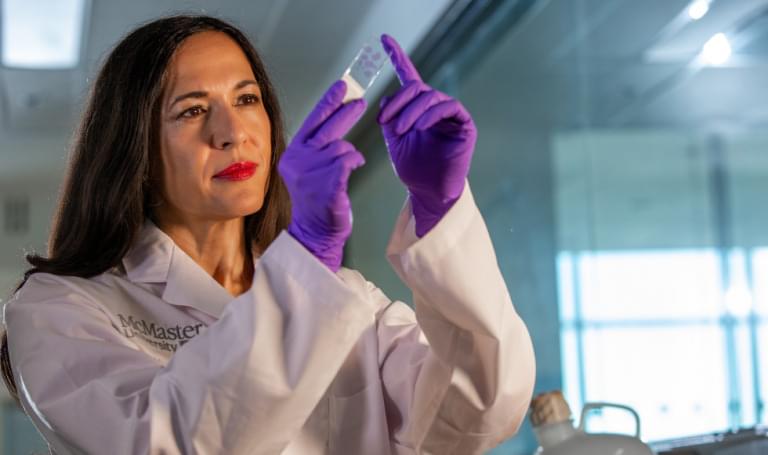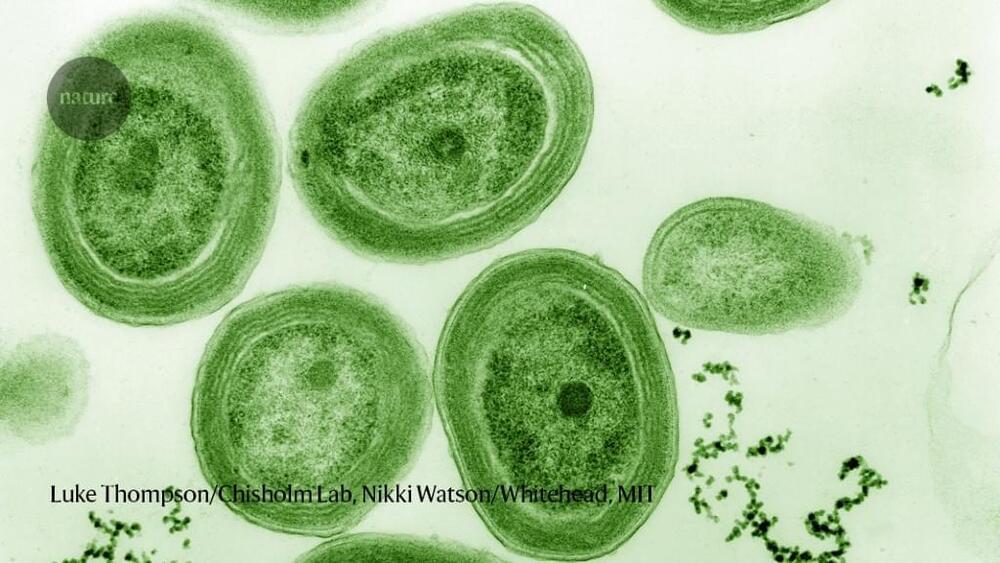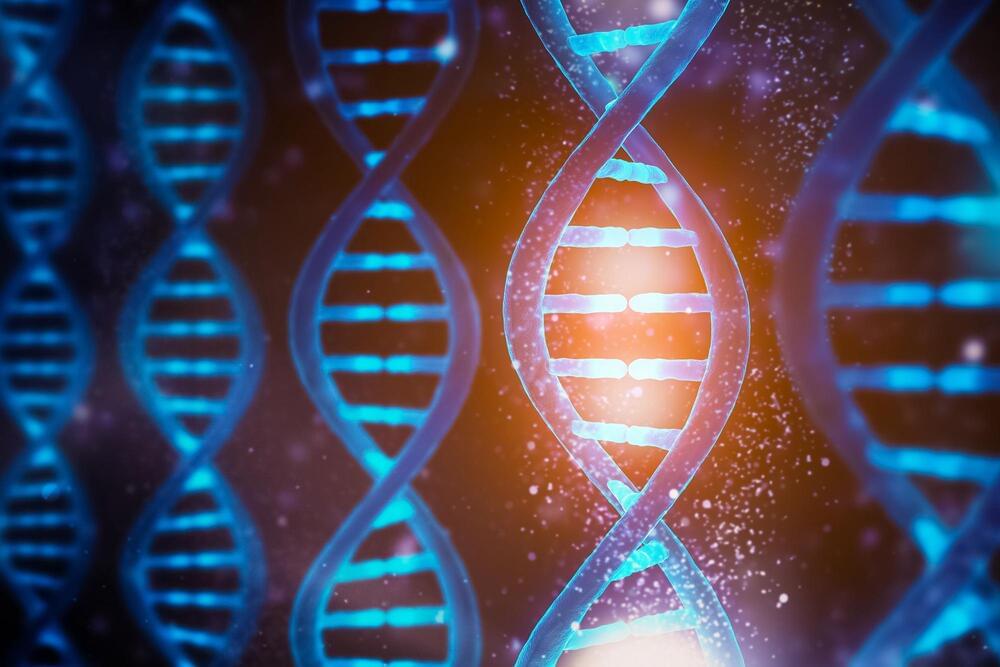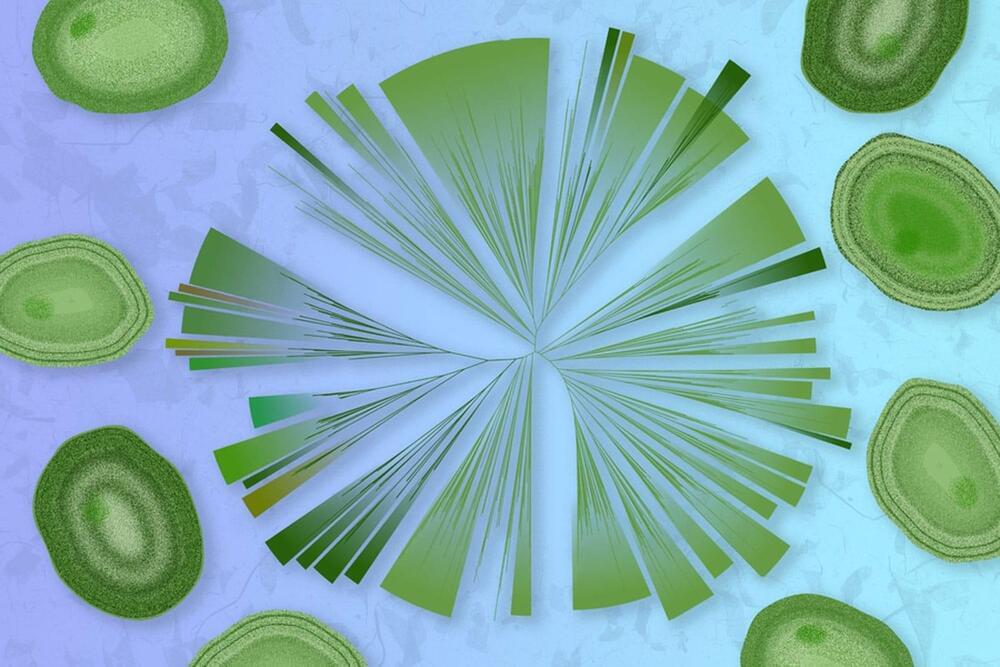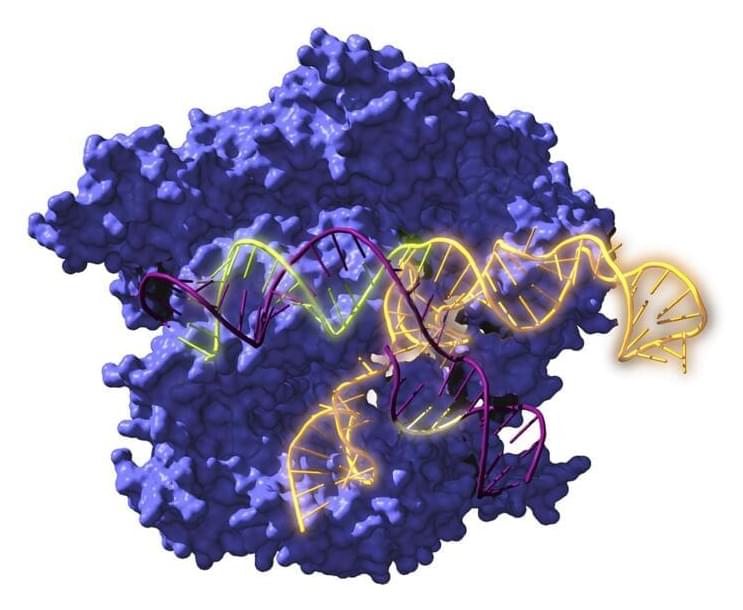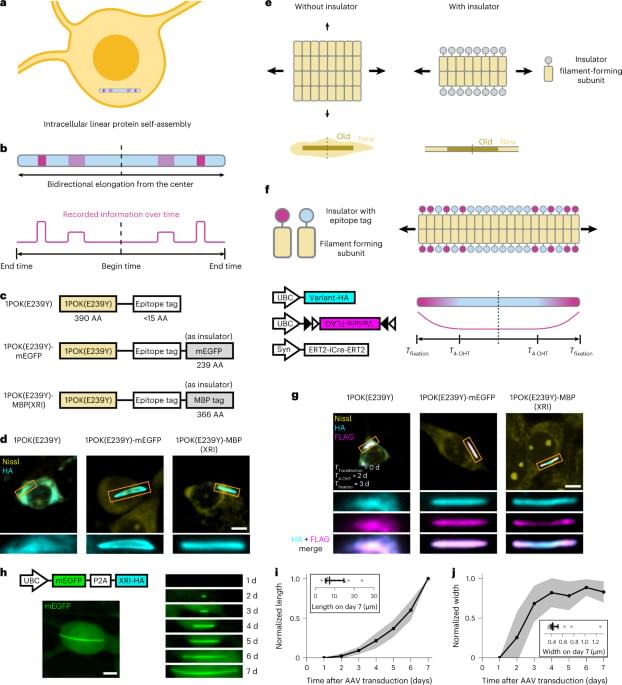McMaster University researcher Sheila Singh and her team have discovered how glioblastoma, a lethal brain cancer, can evade treatments and kill.
The researchers found the cancer cells that survive the first round of radiotherapy or chemotherapy do so by mutating during the post-treatment minimal residual disease (MRD) or dormant state. The MRD profile of each patient was mapped using single cell sequencing to find a genetic signature that predicted how the cancer would recur in each individual.
Singh said that by mapping the MRD, researchers found that each patient had a different trajectory to their cancer recurring, potentially opening the door to future treatments tailored to each individual with glioblastoma. Singh’s team monitored five patients between 2018 and 2022.
